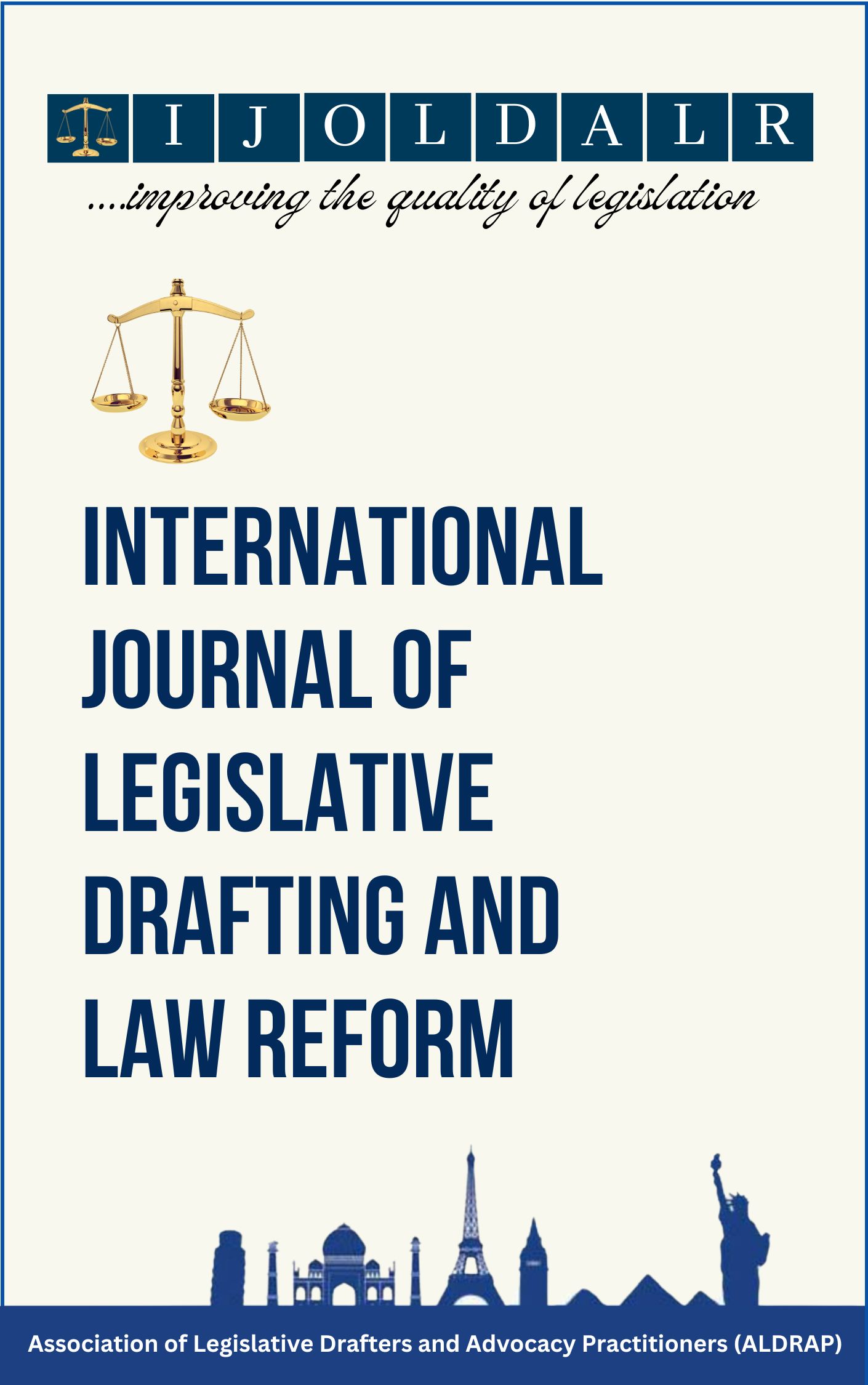Abstract
The Supreme Court decision in the case of Attorney-General of Abia State & 2 Ors v Attorney- General of the Federation121 arose as a result of a litigation that was based on an Act that was passed by the National Assembly in 2005; the Monitoring of Revenue Allocation to Local Government Act. The Act122 gave rise to a huge litigation between the Federal Government and the States of the Federation. Although the Act123 had only 10 sections, ss 1,2,3,6 (1), 7 and 9 were struck out by a majority decision of the Supreme Court for being inconsistent with the provisions of ss 4,5, 7 and162(5), (6) and (8) of the Constitution of the Federal Republic of Nigeria,1999 (as amended). Some of the issues surrounding the case bothered on the place of analysis, scrutiny and proper investigation and the place of consultation in the legislative process of the National Assembly. This is because, where there exists a major societal challenge that requires governmental or legislative intervention like the problem of mismanagement of local government funds by State Governments in Nigeria, due care must be taken to address the issue because Nigeria is a Federation and the powers of different tiers of Government are defined. Legislating outside the scope delimitedby the legislative lists in the Constitution will render such an Act unconstitutional resulting in the type of embarrassing case like the Attorney-General of Abia Statev Attorney-General of the Federation & 2 Ors.124 In more developed countries like the United States of America, the legislative process has evolved with the adoption of Cost Benefit Analysis (CBA) which makes it compulsory for CBA to be carriedout before enactinga stated class of legislation following the enactment of the Regulatory Flexibility Act, 1980 (RFA)125 .Theemphasis on multi-dimensional analysis of proposed legislation was such that even before the enactment of the RFA, 1980, the American Government issued Executive Orders to Federal Agenciesto conduct CBA on proposedlegislation126 While in the United Kingdom (UK),Regulatory Impact Assessment (RIA) to be conducted on proposed legislation by the department responsible for the Bill was introduced in 1998 and a study carried out by the National Audit Office in June 2006 elaborated the significance of RIA becauseit provides a “comprehensive assessment” of legislative proposals and the change they bring. The benefits of this system in the legislative process is such that RIA has now been extended to include the impact of a proposed Bill on other sectors like race equality, health, legal aid, ‘rural proofing’ and sustainable development. At organisational level, the European Commission has an Impact Assessment Guidelines 2009 outlines the type of Impact Assessment (IA)that must be embarked upon when a piece of legislation is introduced because Impact Assessment is a very important instrument to make sure that the European Union (EU) makes legislation based on “transparent, comprehensive and balanced evidence”. But the legislative process in Nigeria does not have a formal policy on CBA127 that clearly defines the necessity for a proposed legislation, the cost and benefits of a proposed legislation and other options, actual money value of such a proposed legislation and shows an assessment of the uncertainties128. All that is required by the Standing Orders of the National Assembly is that every Bill that is introduced be accompanied by a compendium of financial implication and background information. The issues that rose from the decision in Attorney-General of Abia State & 2 Ors v Attorney-General of Federation129 the constant amendment of some Acts of the National Assembly like the Electoral Act, 2010130 and harsh criticisms of some Acts of the National Assembly. It is against this backdrop that the researcher decided to investigate whether a compendium of financial implications of a Bill and the background information forms a balanced framework to enable the National Assembly enact effective Acts in Nigeria.



 National Library of Nigeria
National Library of Nigeria.jpg) Association of Nigerian Authors
Association of Nigerian Authors Nigerian Library Association
Nigerian Library Association EagleScan
EagleScan Crossref
Crossref